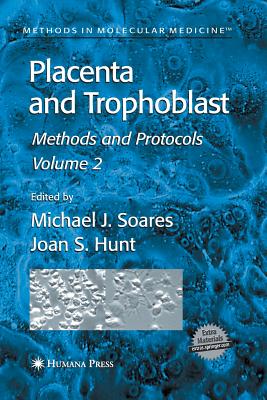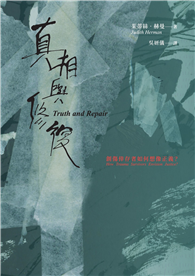| FindBook |
有 1 項符合
Placenta and Trophoblast: Methods and Protocols的圖書 |
 |
Placenta and Trophoblast: Methods and Protocols 作者:Soares 出版社:Humana Pr Inc 出版日期:2014-09-17 語言:英文 規格:平裝 / 15.9 x 23.5 x 2.5 cm / 普通級 |
| 圖書館借閱 |
| 國家圖書館 | 全國圖書書目資訊網 | 國立公共資訊圖書館 | 電子書服務平台 | MetaCat 跨館整合查詢 |
| 臺北市立圖書館 | 新北市立圖書館 | 基隆市公共圖書館 | 桃園市立圖書館 | 新竹縣公共圖書館 |
| 苗栗縣立圖書館 | 臺中市立圖書館 | 彰化縣公共圖書館 | 南投縣文化局 | 雲林縣公共圖書館 |
| 嘉義縣圖書館 | 臺南市立圖書館 | 高雄市立圖書館 | 屏東縣公共圖書館 | 宜蘭縣公共圖書館 |
| 花蓮縣文化局 | 臺東縣文化處 |
|
|
圖書介紹 - 資料來源:博客來 評分:
圖書名稱:Placenta and Trophoblast: Methods and Protocols
內容簡介
The aim of the two-volume set of Placenta and Trophoblast: Methods and Protocols is to offer contemporary approaches for studying the biology of the placenta. The chapters contained herein also address critical features of the female organ within which the embryo is housed, the uterus, and some aspects of the embryo–fetus itself, particularly those of common experimental animal models. In keeping with the organization used effectively in other volumes in this series, each chapter has a brief introduction followed by a list of required items, protocols, and notes designed to help the reader perform the expe- ments without difficulty. In both volumes, sources of supplies are given and illustrations highlight particular techniques as well as expected outcomes. A key aspect of these volumes is that the contributors are at the forefronts of their disciplines, thus ensuring the accuracy and usefulness of the chapters. Placenta research has progressed rapidly over the past several decades by taking advantage of the technical advances made in other fields. For example, the reader will note that many techniques, such as reverse transcriptase po- merase chain reaction, northern and western blotting, microarray analyses and in situ hybridization experiments, are routinely used for dissecting a wide range of experimental questions. Protein analysis and functional experiments on tissues and cells that comprise the maternal–fetal interface benefit from studies in en- crinology, immunology, and developmental biology. These volumes also present new ideas on investigating gene imprinting and gene transfer via viral vectors.
|










